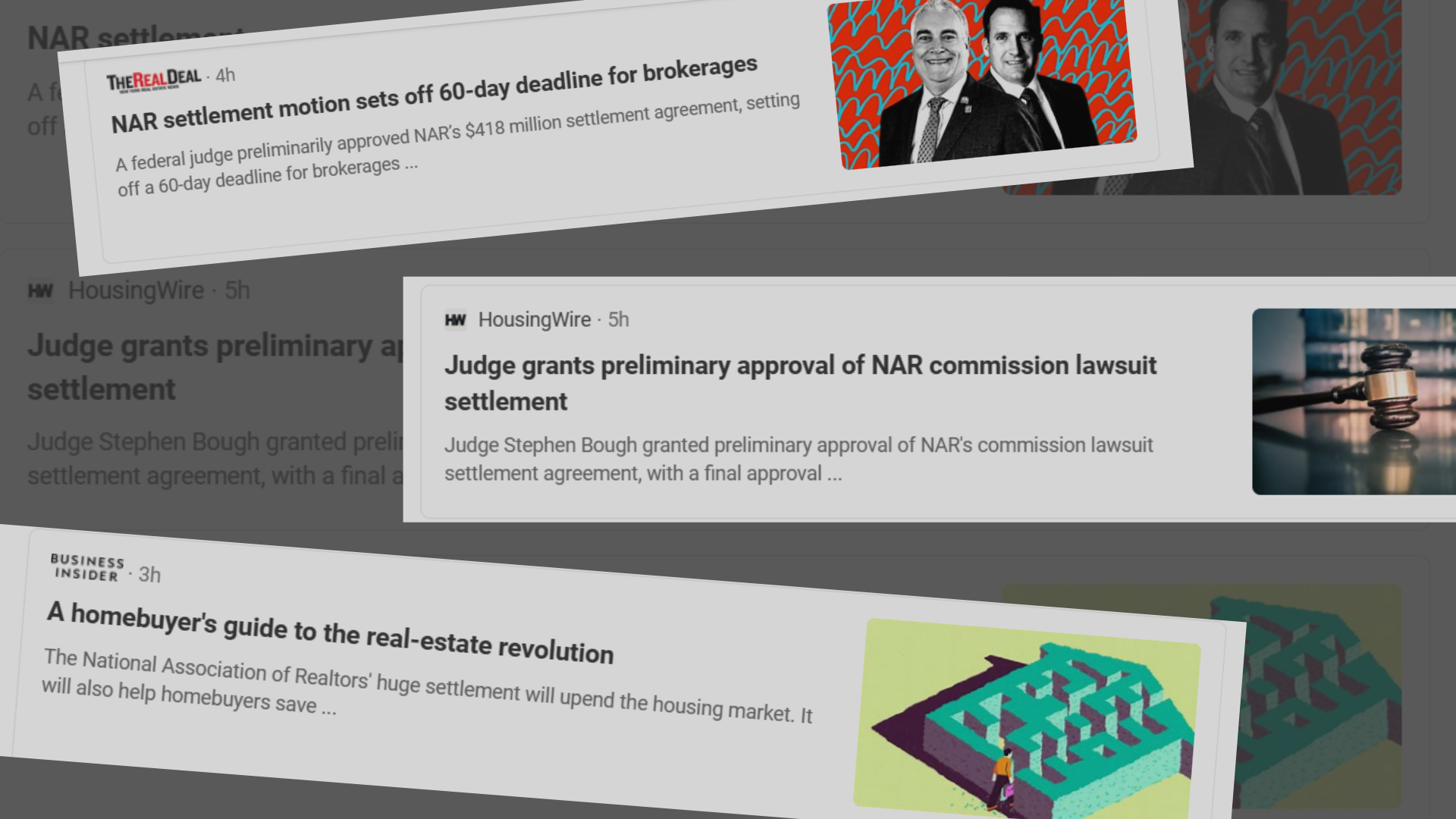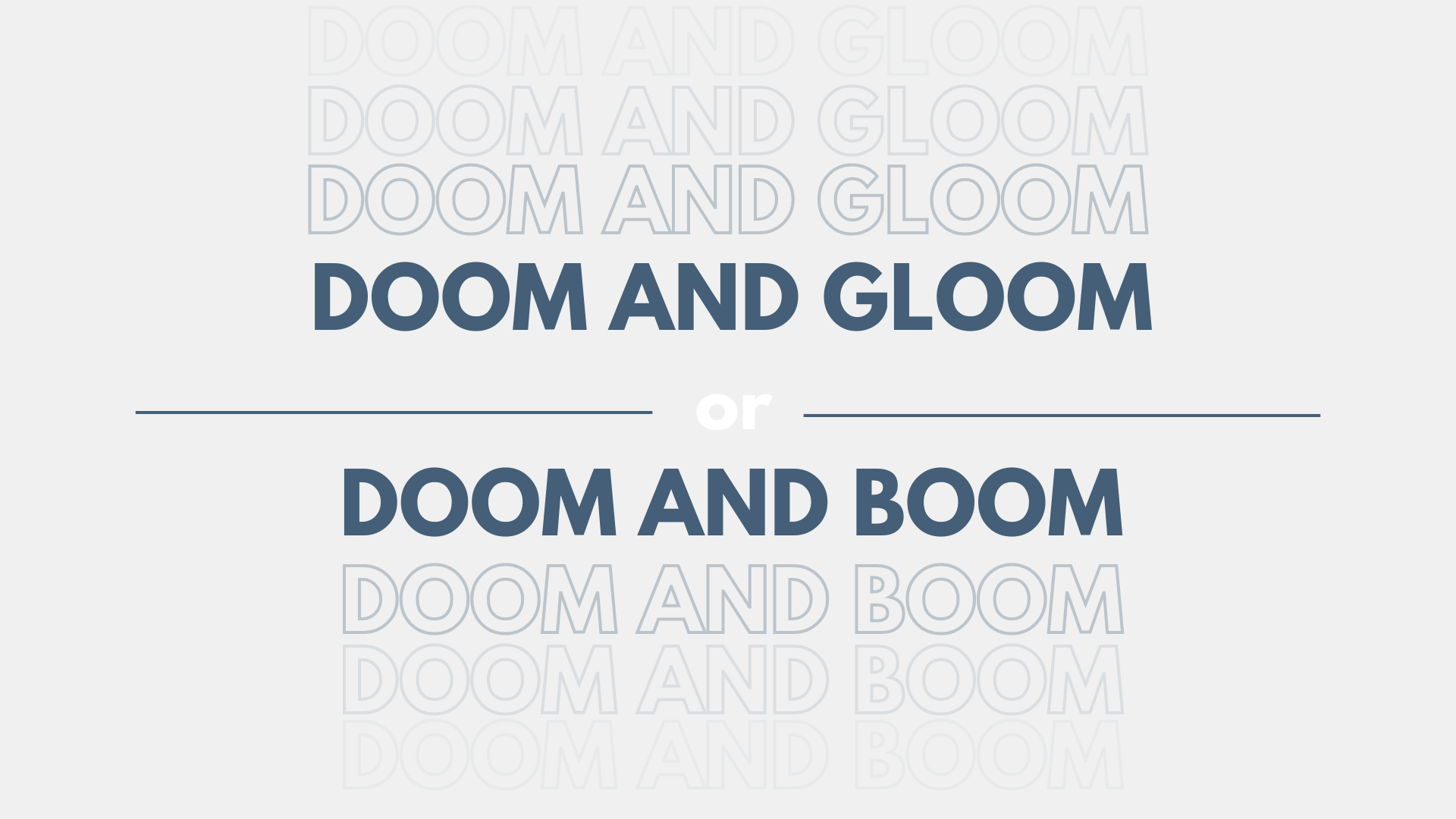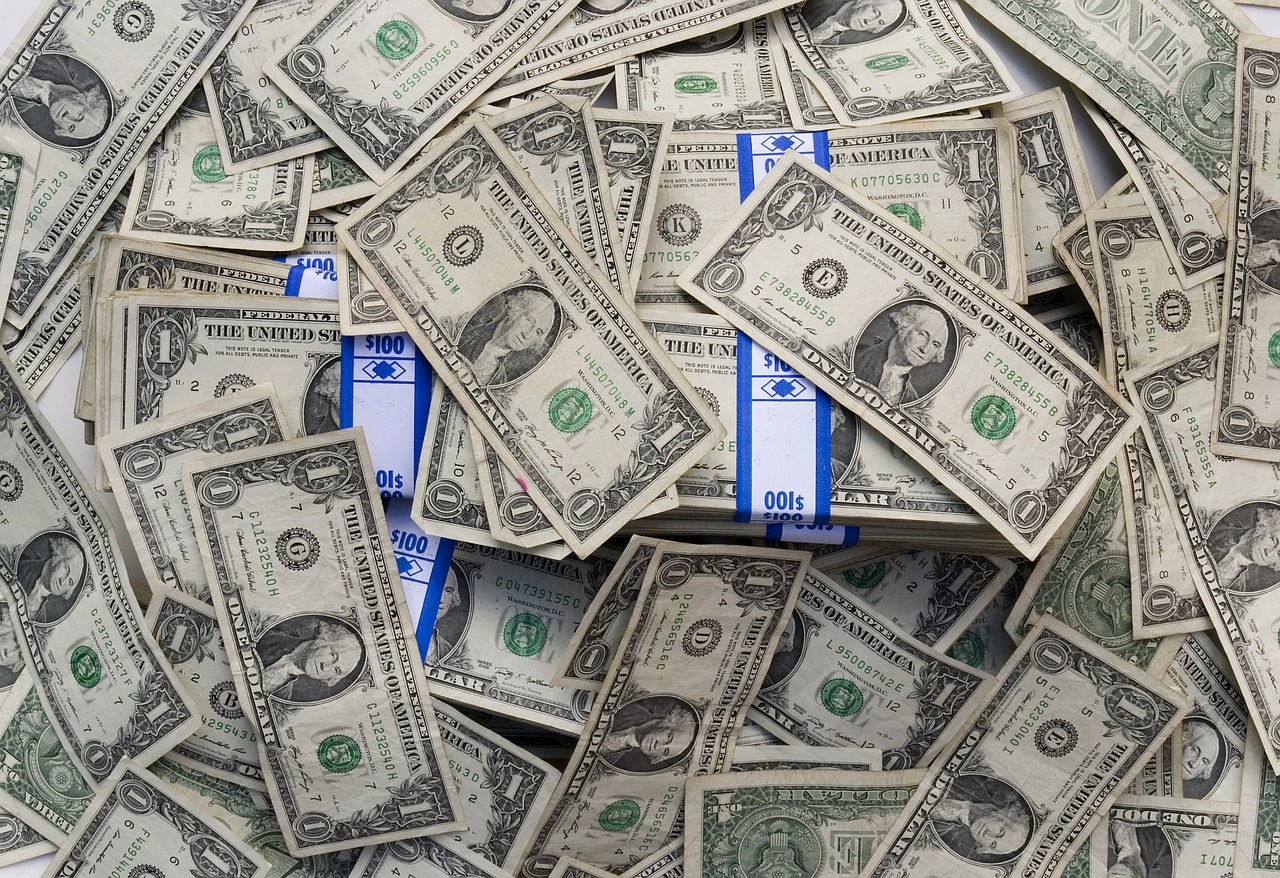San Francisco is building more now than it has in generations. More homes, more commercial and office space, more parks, and more public spaces.
At the same time, San Francisco is also very busy not building. Not building because of legal challenges to development, not building because of red tape, not building because of NIMBYism and public health worries, and in some cases because of scandal.
The constant head-to-head clash of the two most powerful forces in the city—i.e., the compulsion to build and the mandate to maintain the status quo—plays out in nearly every neighborhood. But some theaters invariably end up busier than others in any large-scale conflict.
Here are seven neighborhoods critical to the future of San Francisco, and the forces aligned for and against changes on the horizon.
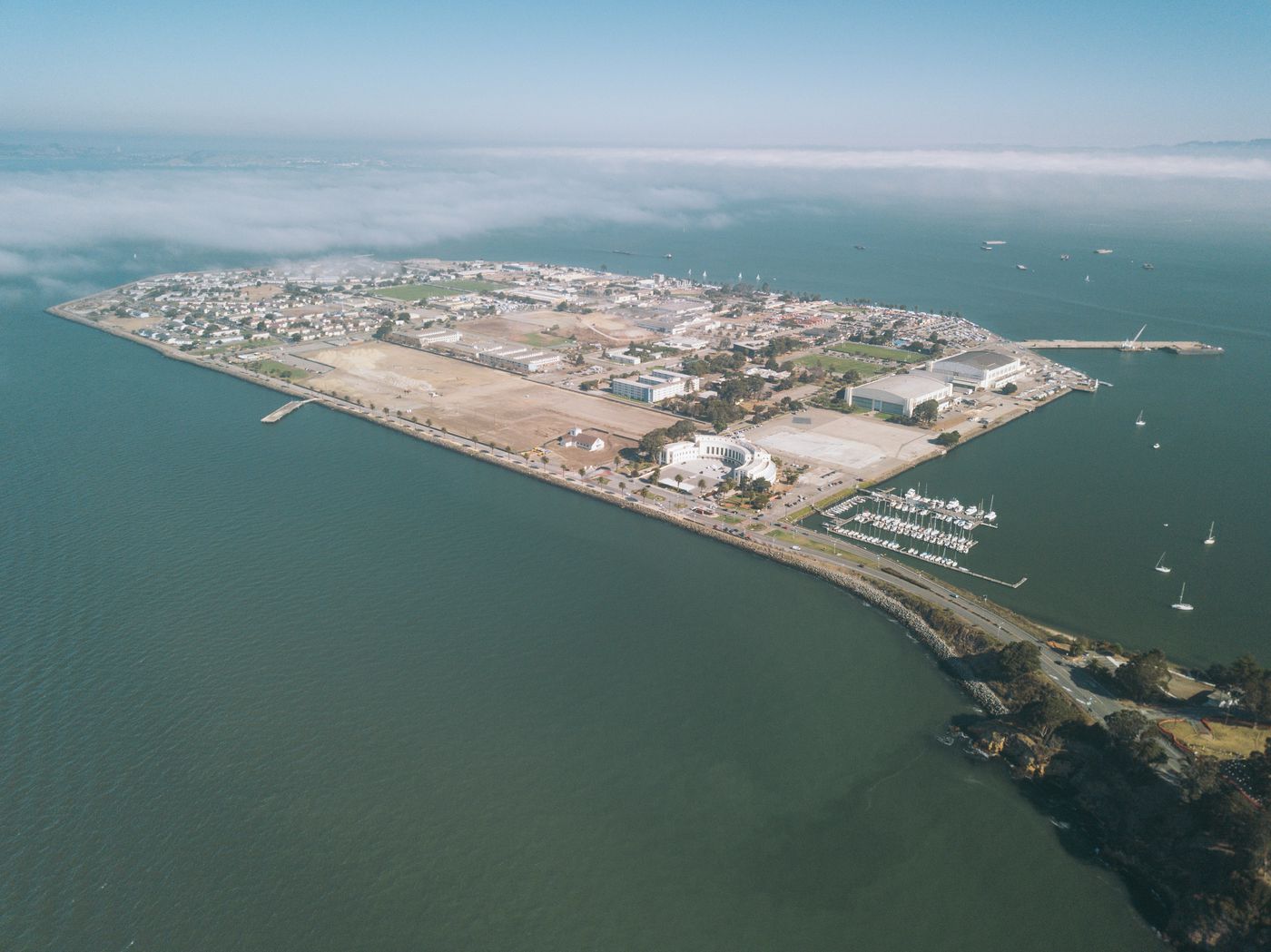
Photo via Shutterstock
Treasure Island
Just last week, contractors broke ground on an enormous new ferry terminal on Treasure Island, anticipating that the city’s most obscure redoubt will soon accrue roughly 24,000 residents and 8,000 new homes.
For comparison, the last time the San Francisco Planning Department profiled SF neighborhoods in 2014, barely more than 3,000 people lived on Treasure Island, comprising just 630 households. Since 2000, the city added only 10 new units of housing on the island.
It’s not hard to plumb the allure of the neighborhood today: Treasure Island is one of the few places in any major American city where developers and planners can realistically plot to octuple the population within 20 years.
The island also poses enormous obstacles for such ambition. Being man-made, the California Geological Survey deems the entire neighborhood a liquefaction risk during an earthquake.
And while a U.S. Navy investigation released in April declared “no radiological health risk” on the island, just months later it discovered irradiated materials the size of a basketball underneath a Treasure Island home.
Although few people live on Treasure Island, the city made special concessions to some residents evicted for development. In 2017, the Board of Supervisors approved a $1.25 million contract with a private company to oversee the eviction and relocation of Treasure Island households so that their homes can be demolished and redeveloped.
Displacement is particularly worrisome given that the Planning Department estimates that Treasure Island’s population is 23 percent “black/African American,” second only to Bayview.
Either way, shovels are moving and construction is happening. Treasure Island—and views of the bay—will come out the other side forever changed.
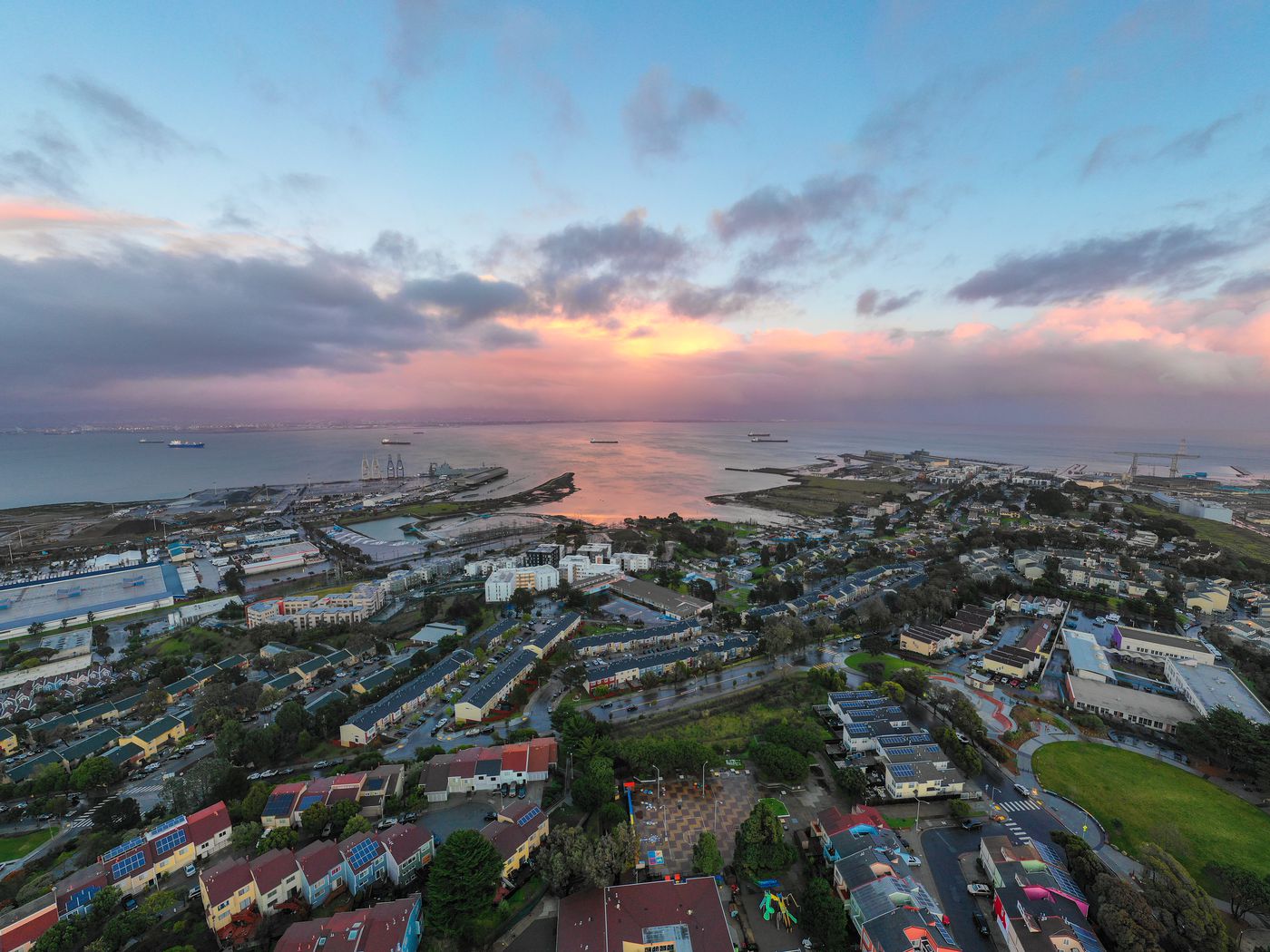
Photo via Shutterstock
Hunters Point
If any neighborhood illustrates the inevitability of change even more starkly than Treasure Island, it is Hunters Point, where decades of uncertainty and red tape have given way, slowly but inexorably, to more housing.
The plan to transform this derelict military base into 12,000 new homes (again for context, that’s more homes than SF Planning counts in all of the Bayview/Hunters Point area right now) stretches back years. The Board of Supervisors approved the redevelopment plan in 1997.
Outside of the Gold Rush era, the pressure to build in San Francisco has never been stronger than it is today. Hunters Point represents one of the only flanks of undeveloped land with few if any existing interests to imperil city plans. You don’t have to worry about NIMBYs when you’re in nobody’s backyard.
The city almost has no choice but to create more housing in Hunters Point if there’s any hope of producing the tens of thousands of new homes proposed as solutions to the housing crisis. The promised 32 percent rate of affordable housing in the project is critical for meeting long-term subsidized housing goals as well.
But Hunters Point also exists under a cloud of suspicion thanks to the U.S. Navy’s radiological antics on the site during a previous incarnation.
The California Department of Public Health reported earlier this year that despite demonstrated fraud in decontamination work (Curbed SF writer Chris Roberts won a James Madison Freedom of Information Award this year for his work exploring the coverup), it deems the shipyard area safe for habitation.
In August, nonprofit group Committee to Bridge the Gap alleged that the Navy tinkered with its cleanup plans for Hunters Point on the sly, now simply burying potentially contaminated materials instead of removing them.
And yet, people have already moved into the neighborhood’s new housing. With pressure mounting on all sides, there’s little doubt that as developer Lennar creates more new homes on the old base, San Franciscans will fill them just as fast.
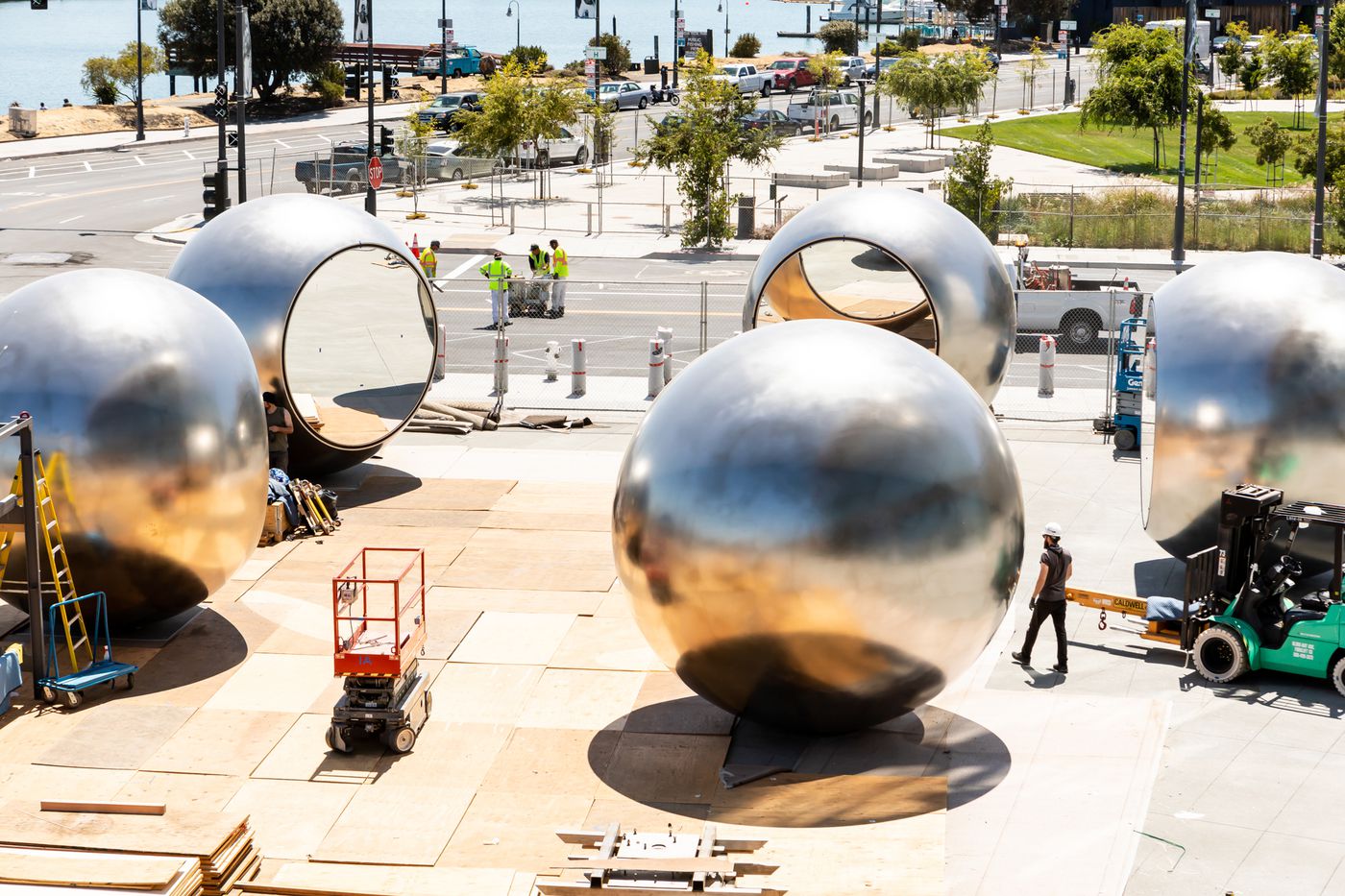
Danish artist Olafur Eliasson’s Seeing Spheres art installation just outside Chase Center. Photo by Patricia Chang
Mission Bay
Now that Chase Center is a reality, the neighborhood will brace to see what happens when you drop an 18,000-plus-seat entertainment venue into the middle of an existing neighborhood with little more than Muni’s best efforts to ward off chaos and gridlock.
But this is by no means the end of changes south of Mission Creek. The Warriors and partner Kaiser Permanente still plan on developing an 11-acre destination space surrounding the building with the promise of “year-round resource for families, fans, visitors and neighbors to build community at a variety of festivals, farmers markets, dining experiences, community events and more.” All of it under the cringe-inducing “Thrive City” moniker.
Meanwhile, the city’s Office of Community Investment and Infrastructure’s project summary report on Mission Bay in April estimated 1.8 million square feet of new office space under construction, another 69,000 square feet of commercial space, and a package of 725 affordable homes.
In short, the final product of that traffic experiment may not become evident for years to come.
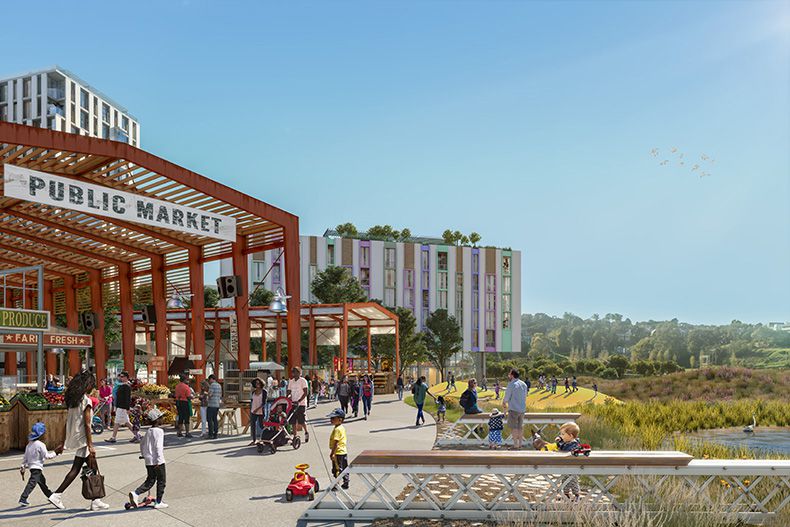
Renderings courtesy of BUILD Inc.
India Basin
A plan to build more than 1,500 new homes in India Basin largely escaped controversy for years. But as the plan inched closer to fruition, neighborhood and environmental groups raised objections on the grounds of public health, even enlisting the Bay Area Air Quality Management District to help with an appeal in 2018.
However, the SF Board of Supervisors threw the objection out. Developer BUILD Incorporated wants to transform Indias Basin with 1,575 residential units, approximately 200,000 square feet of commercial space, approximately 15.5 acres of publicly accessible open space, and up to 1,800 parking spaces.
Groups like Greenaction continue to push city lawmakers to rescind the plans.
Perhaps the most notable thing about the India Basin build-up is that few people talk much about this small neighborhood north of Bayview and south of Islais Creek, noted for its views of the bay from India Basin Shoreline Park, meaning that the standoff between development and neighbors lives under the radar.
In terms of transforming the local character, few places face higher stakes.
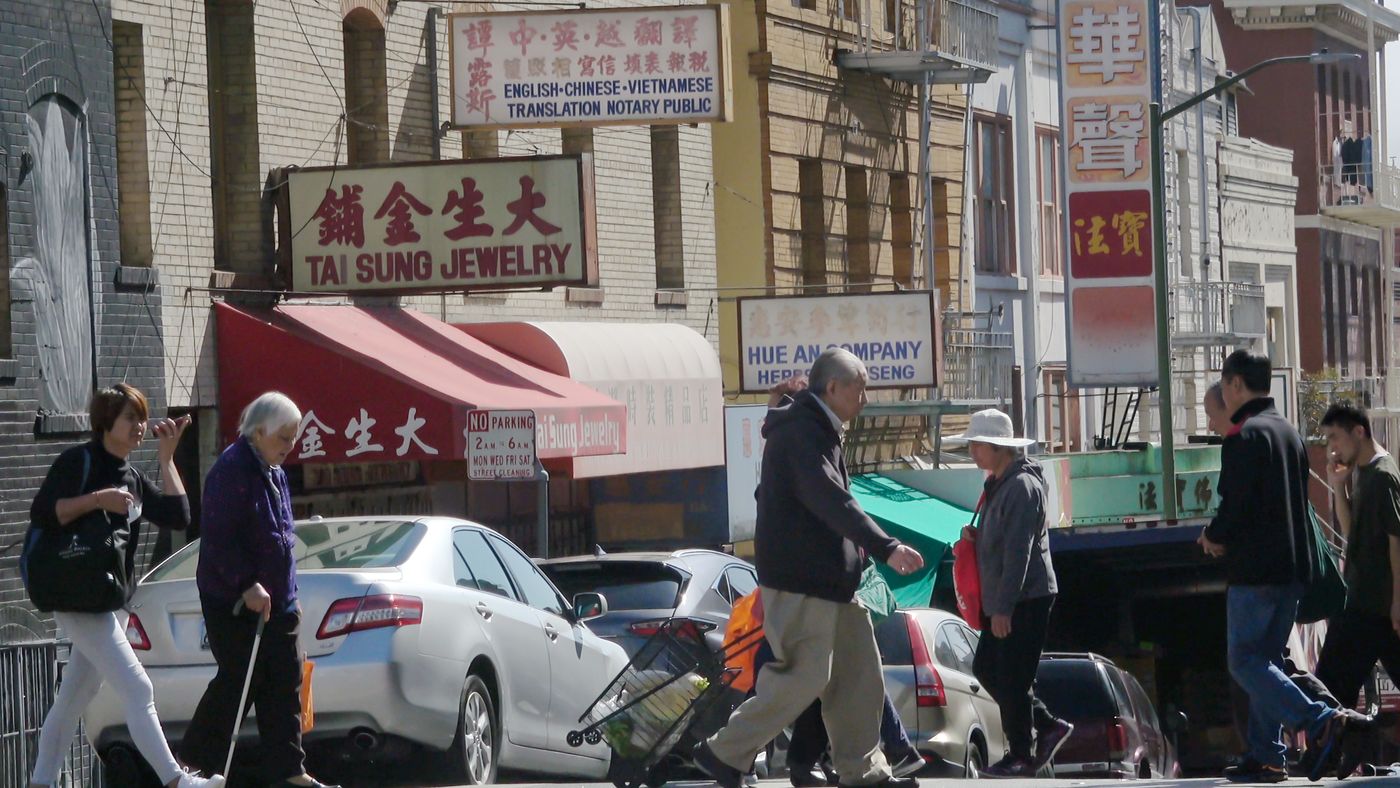
Photo via Shutterstock
Chinatown
No neighborhood in San Francisco resists change from external forces more resolutely than Chinatown. In part, this is because historicity is the neighborhood’s public face; ethnic enclaves like Chinatown are designed to shelter and preserve both the neighborhood’s population and practices.
But signs of tension within the city’s most densely populated neighborhood have risen to the surface, such as persistent fights between longtime residents and property managers over evictions, rising rents endangering neighborhood institutions, Airbnb encroachment, and ever-brewing fears about gentrification.
San Francisco Examiner’s Connie Chan wrote that Chinatown now grapples with an identity crisis, saying that the death of Rose Pak and the fight around her name on the incoming Central Subway station represent forces that want to exploit Chinatown’s public image at the expense of the real community.
And nationwide, Chinatown neighborhoods have suddenly become hot commercial prospects, driven by a counter-migration from suburbs back into city centers. In SF, this trend manifests in the form of tony new businesses like eatery China Live and an upcoming Basil Racuk boutique.
But a UC Berkeley Center For Community Innovation study on displacement argues that “in part due to strong community organizing and planning restrictions, the core of Chinatown has stemmed the tide of gentrification” compared to the rest of the Bay Area.
In a way, the neighborhood may be the ultimate litmus test of old versus new in San Francisco. If Chinatown preserves most of its character in decades to come, it will prove that there still are some things money can’t buy.
On the other hand, if significant development ever gets a foothold in the historic neighborhood, it will be the ultimate illustration of just how much the influx of money, tech, and attention has altered the city.
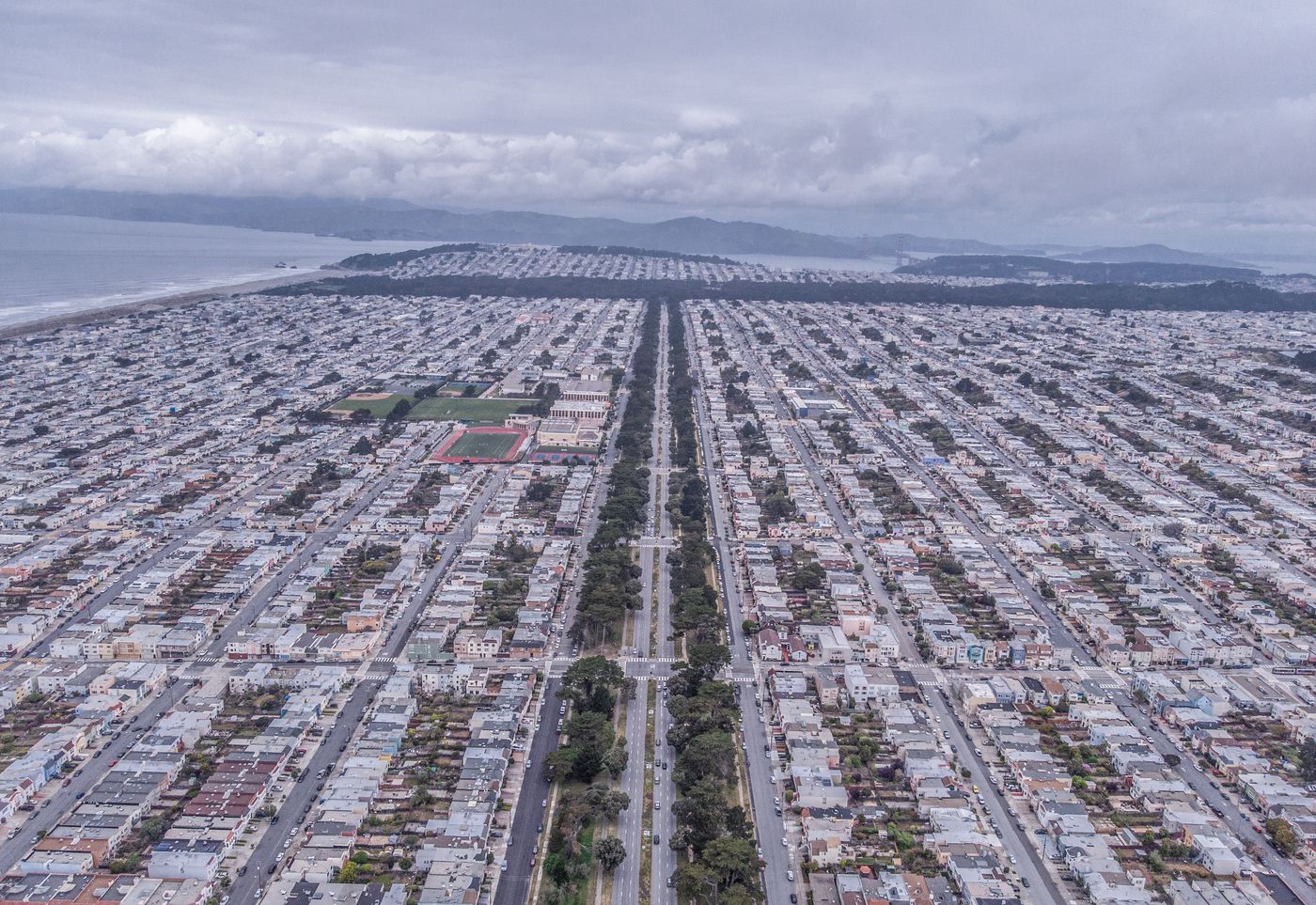
Photo via Shutterstock
Outer Sunset
Nearly 10 percent of San Francisco lives in the Outer Sunset and Parkside, and yet it’s still among the least dense neighborhoods in the city thanks to its sprawling size and low-rise zoning.
In a previous generation, the borderline suburban design of the Sunset District would stand as something like a sacred cow in San Francisco. But the emergence of the YIMBY movement as a political voice in the Bay Area summoned the possibility of a west-side upzone as a phantom around City Hall that may not yet have been exorcised.
In 2018, a San Francisco Chronicle profile of YIMBYs singled out Jane Natoli’s vision of “the kind of four- and six-story apartment buildings that were built all over the Sunset and Richmond before the neighborhoods were downzoned in the 1980s.”
The lobbying group YIMBY Action endorsed Trevor McNeil for Board of Supervisors, in part, because “he is not afraid of building apartments in the Sunset and overall doing their part.”
Speaking about his own Sunset home while campaigning, McNeil said, “When that house was built it added to the congestion and density and traffic, and I assume it disrupted the character of the neighborhood. [But] now it’s a classic Sunset house.”
McNeil did not win the election, and neither did many other YIMBY-backed candidates that year. But the movement claimed a moral victory by forcing the matter into the spotlight, with State Sen. Scott Wiener arguing “even candidates I would not say are YIMBYs still talk like YIMBYs.”
In the meantime, Wiener’s stalled-but-not-dead SB 50 bill could open new paths for unexpected upzoning, and a 100-unit teacher housing complex on Judah Street sits on the horizon.
As with many other neighborhoods on this list, the fear of gentrification runs through discussions about the western neighborhoods. The Outer Sunset’s 2014 population was 57 percent Asian and composed of 29 percent principally Asiatic-language speaking households, 9 percent Spanish-speaking households, and 43 percent of residents qualified themselves as foreign born.
When Supervisor Katy Tang struggled for years to pass the city’s Affordable Housing Bonus Program, pushback on it was so strong that activist Calvin Welch angrily declared the density law “ethnic cleansing” on the steps of City Hall.
In any case, if YIMBYism has a future in San Francisco, it will mean a reckoning in the avenues.

Part of the 5M housing project. Renderings courtesy of Profile Strategies
Central SoMa
The final plan for remaking the Central SoMa neighborhood—defined by the area south of Market Street, north of Townsend, and squeezed between Second and Sixth—took eight years and ran over 1,600 pages before the Board of Supervisors gave it unanimous approval in December.
The hope is that this sweeping reimagining of a largely overlooked in-between space will add up to 8,800 housing units and 32,000 jobs through a series of rezonings, height increases, affordable housing mandates, street and sidewalk redesigns, new park spaces, and even encouragement for new buildings to block out views of the freeway if possible.
In the final Central SoMa formulation, city planners determined that “Central SoMa is an excellent location to accommodate [housing] demand, given its central location, abundance of transit, and supply of developable land.”
Hence the $1 billion, four-acre 5M project on Mission and Natoma, featuring a soaring 400-unit condo tower, 630,000 square feet of new offices, and a 23,000-square-foot rooftop public park.
But since San Francisco rarely sees a development proposal it doesn’t want to challenge, neighbors filed multiple lawsuits earlier this year challenging the city plan on environmental grounds. City insiders disagree about which developments within the project zone should be top priority. These disputes “could lead to years of delays.”
The legal crusades are unlikely to carry the day, but they do prove that one thing that hasn’t changed about SF: Progress remains measured in fits and starts rather than leaps and bounds.
